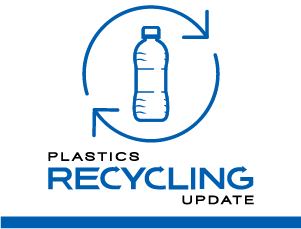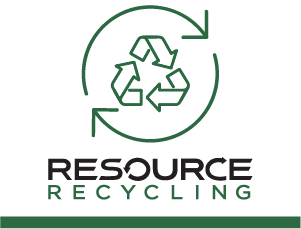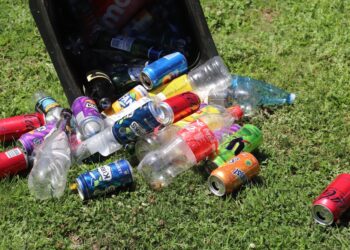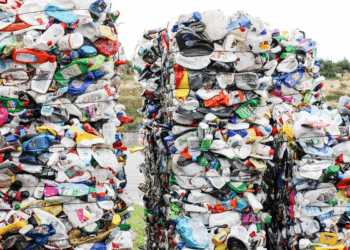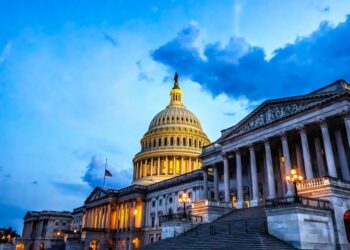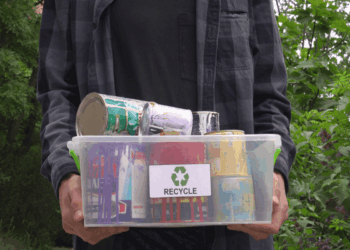Business owners, potential producer responsibility organizations and industry experts gathered virtually and in person last week to ask California regulators questions about the state’s recently passed textile EPR law and give input on its implementation.
SB 707, or the Responsible Textile Recovery Act, was approved last year and is the first U.S. EPR law to target textile recycling.
At the workshop, representatives from the California Department of Resources Recycling and Recovery (CalRecycle) explained that, beginning in 2031, manufacturers of textile products ranging from clothing to towels and curtains will be required to register with the PRO selected by CalRecycle and contribute to the state’s textile recycling systems.
Like EPR laws for other product types, SB 707 is designed to bring manufacturers into the recycling process and expand textile recycling to divert waste from landfills. Speakers also noted the law allows for flexibility in how the industry addresses the new recycling standards to maximize producer and consumer convenience.
Speakers stressed the importance of addressing textile waste and reducing the amount of clothing going to landfills. According to the presentation, 85% of clothing products end up in landfills.
According to the presentation, CalRecycle will accept applications from prospective PROs until January of next year. The same year, the department will announce their selection in March and manufacturers will need to register by July. The PRO is expected to develop and implement a plan by 2031, with the standards fully taking effect no sooner than July 2028.
Speakers also outlined the requirements of the PRO, including that it create collection sites, facilitate consumer education, and identify the needs of the industry. CalRecycle also committed to guide the PRO in its needs assessment and routinely evaluate the PRO’s effectiveness.
Last week, textile industry groups announced that they have formed a PRO to be considered to manage the program. In a press release, the California Retailers Association, the American Apparel and Footwear Association and the National Retail Federation promised to create an independent organization following the requirements of SB 707 and develop a plan to help the industry reach the law’s new standards.
“We are dedicated to guiding the implementation of this transformative law and to establishing a PRO that unites and empowers the wide array of producers selling textiles in California,” California Retailers Association President Rachel Michelin said in the press release. “Our commitment is to deliver real impact for our communities, our environment, and the future of retail in California.”
During the workshop, attendees were given the opportunity to ask questions and comment on how the law works, the PRO selection process, and how the law was created. Some attendees commended the law for breaking new ground in textile recycling and gave comments on what they would like to see from a potential PRO.
On behalf of thrift chain Goodwill of Orange County, CEO Nicole Suydam said the organization supports the law’s clear plan for the future of California’s textiles.
“This legislation is more than a recycling mandate.” Suydam said. “It’s a catalyst for creating textile recycling markets, reducing global landfills and building a truly circular economy.”
Others were critical of the law, either for how it will impact businesses or in its effectiveness in reducing environmental impacts.
Emily Oertling, an assistant professor at California State University, Sacramento, asked CalRecycle to read a letter written by students who researched SB 707 and other EPR laws. The letter expresses many concerns with the law, including that it gives manufacturers too much control of its implementation to see sufficient change in textile waste disposal practices and relies on problematic recycling methods.
“What we address is the fact that mechanical recycling really only works for natural fibers, advanced chemical recycling is not a new idea and has a lot of microplastics issues,” Oertling said about the letter. “It goes into all the issues with recycling, asking you all to prioritize reuse and repair.”
The next public meeting covering the textile EPR program development will be held in September.


